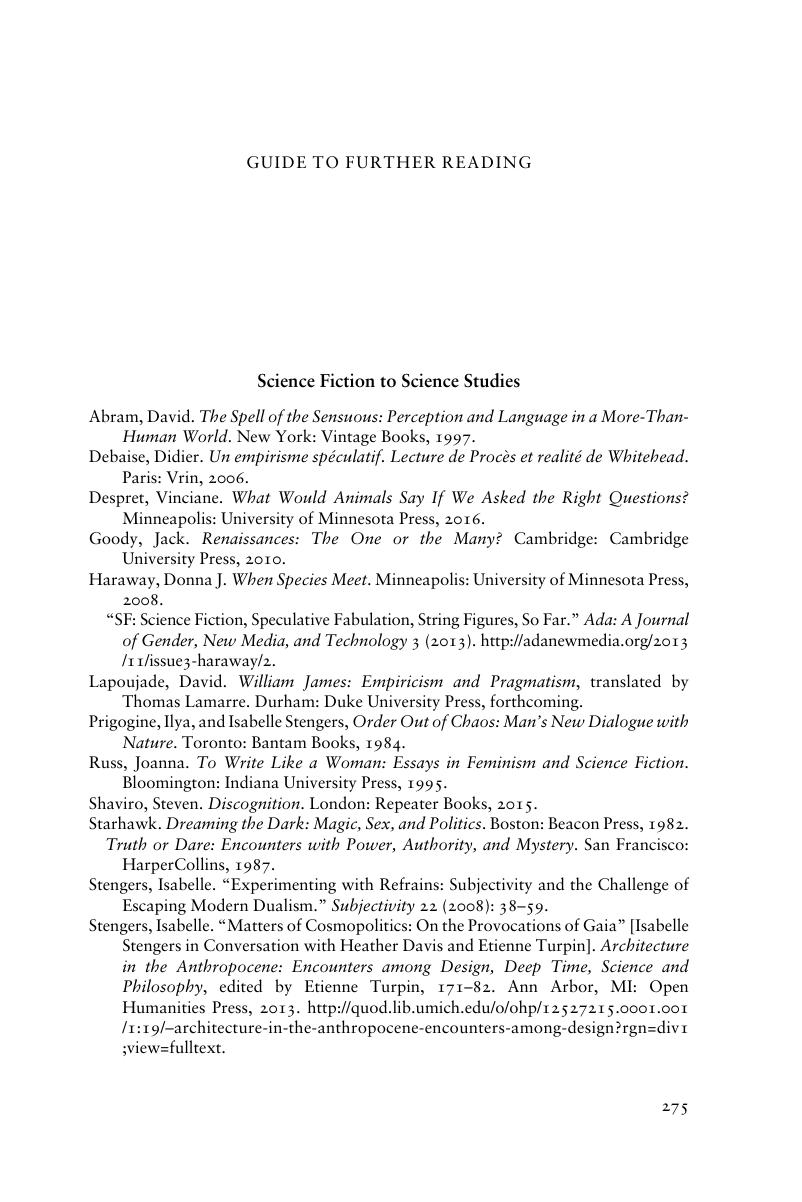Book contents
- The Cambridge Companion to Literature and Science
- The Cambridge Companion to Literature and Science
- Copyright page
- Epigraph
- Contents
- Contributors
- Chronology of Publications and Events
- Introduction
- Part I Glimpses of Present and Future
- Part II Snapshots of the Past
- Part III In Theory
- Part IV In Practice
- Futures Past and Present
- Guide to Further Reading
- Index
- Cambridge Companions to…
- References
Guide to Further Reading
Published online by Cambridge University Press: 26 April 2018
- The Cambridge Companion to Literature and Science
- The Cambridge Companion to Literature and Science
- Copyright page
- Epigraph
- Contents
- Contributors
- Chronology of Publications and Events
- Introduction
- Part I Glimpses of Present and Future
- Part II Snapshots of the Past
- Part III In Theory
- Part IV In Practice
- Futures Past and Present
- Guide to Further Reading
- Index
- Cambridge Companions to…
- References
Summary

- Type
- Chapter
- Information
- The Cambridge Companion to Literature and Science , pp. 275 - 286Publisher: Cambridge University PressPrint publication year: 2018



